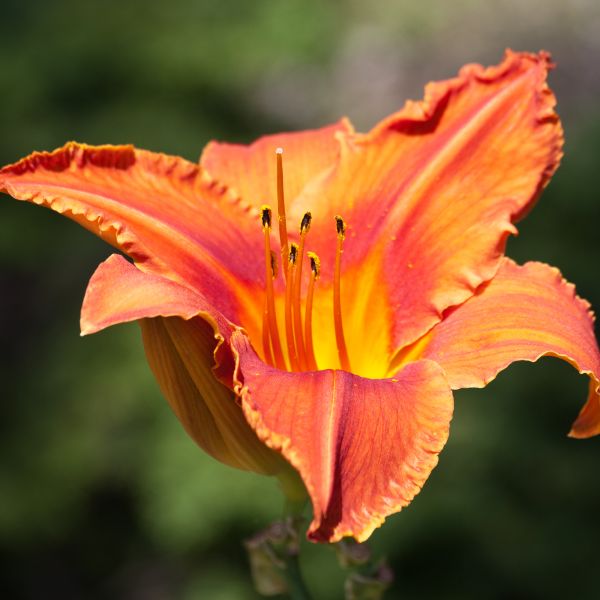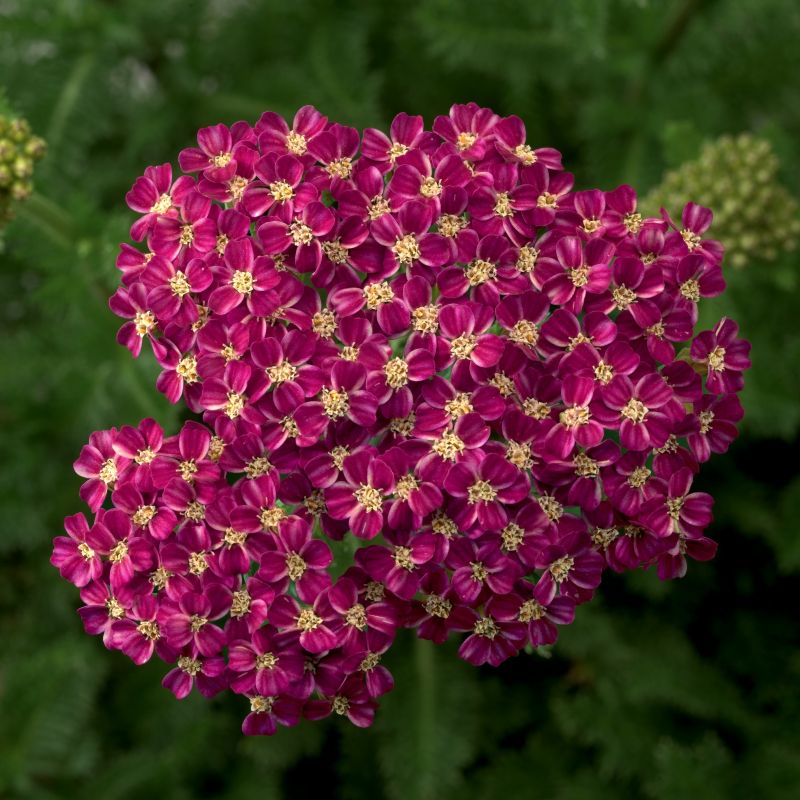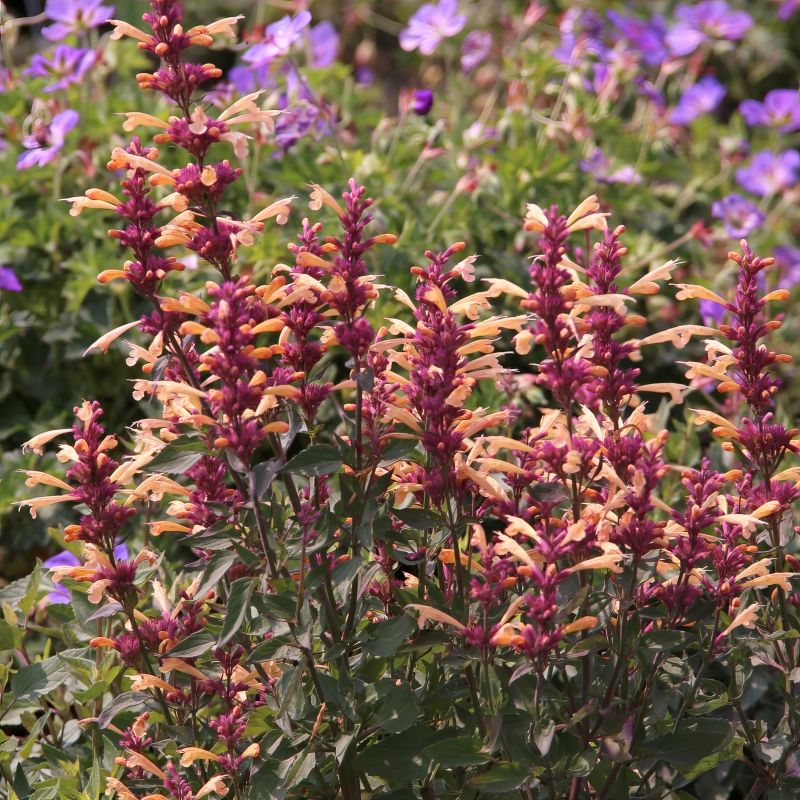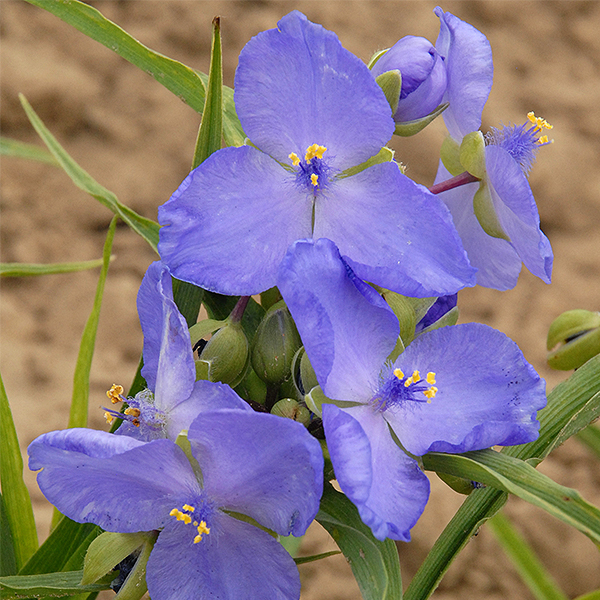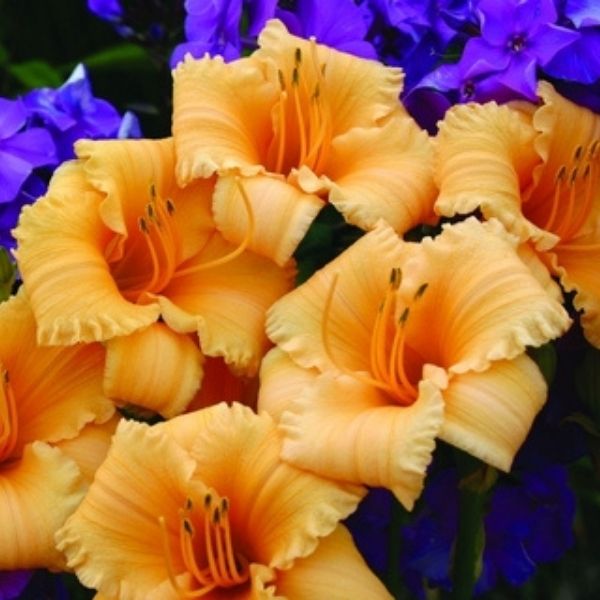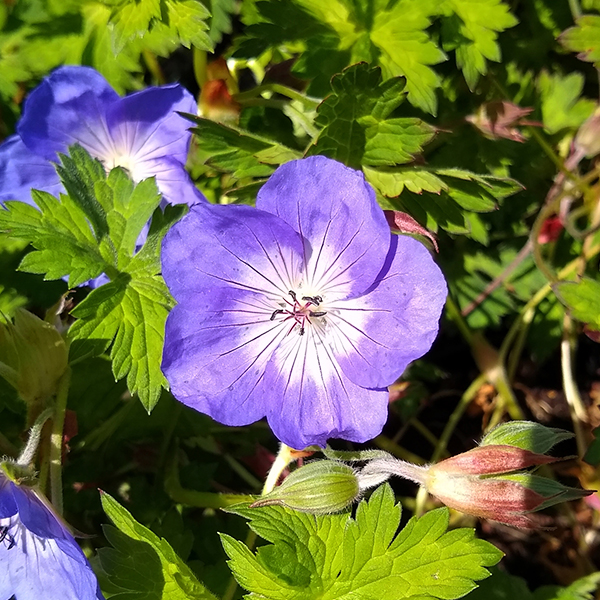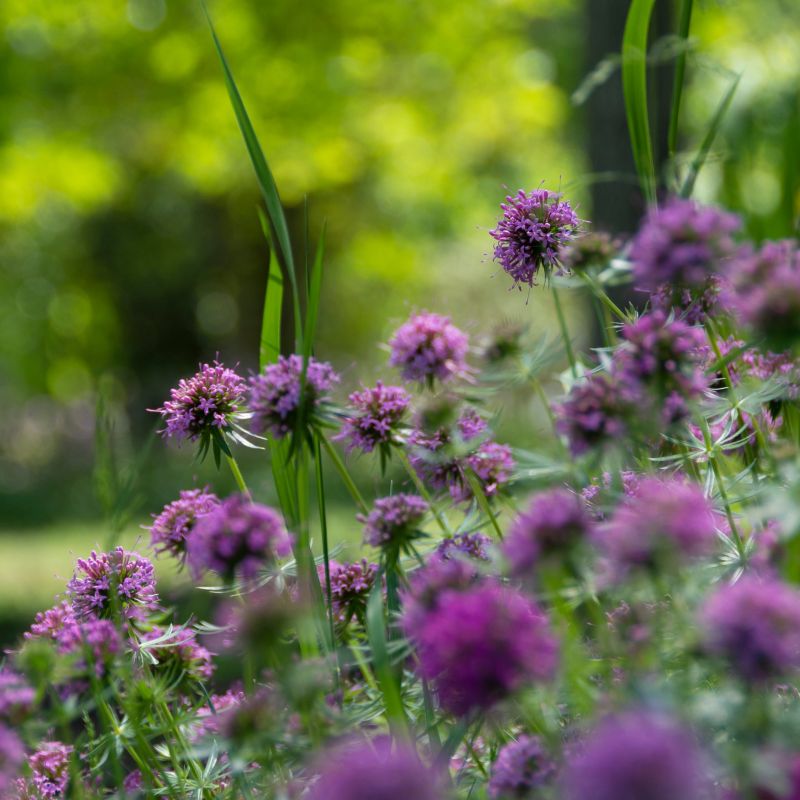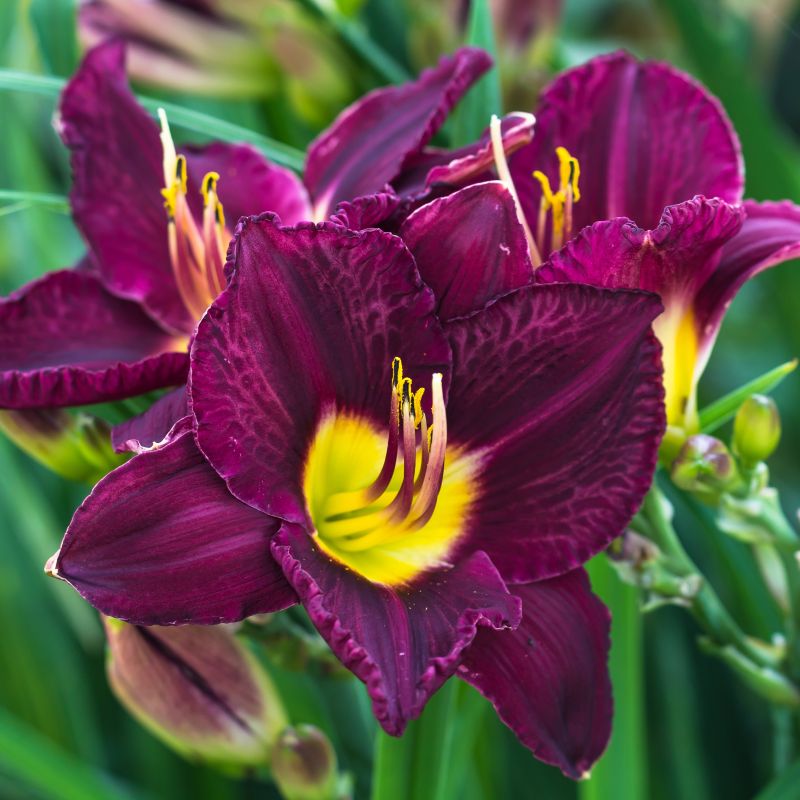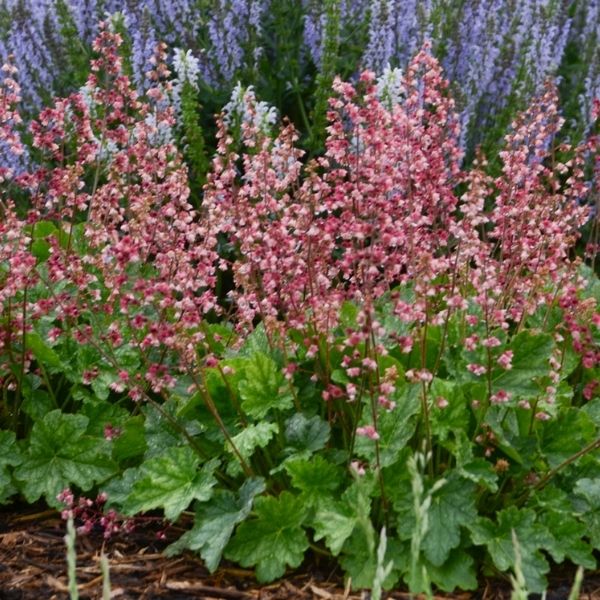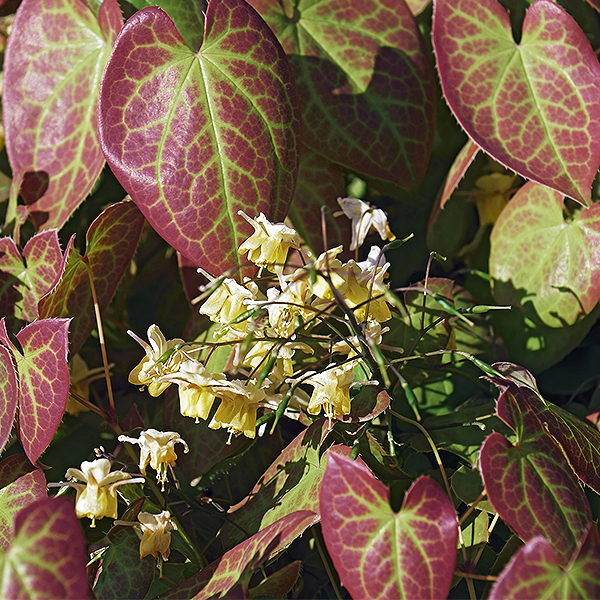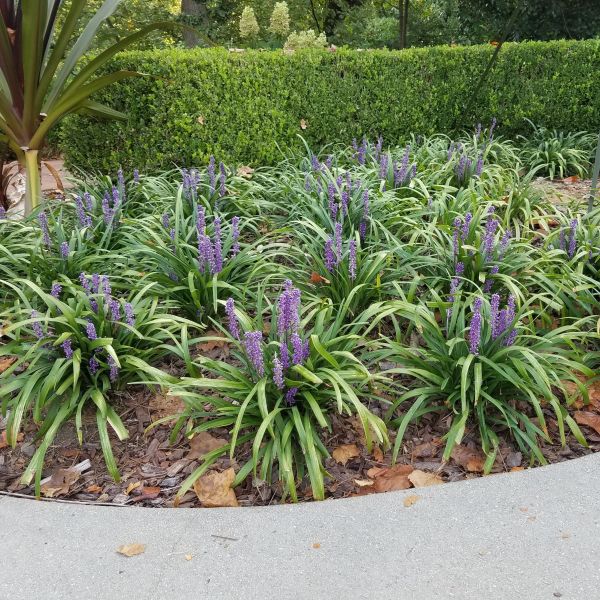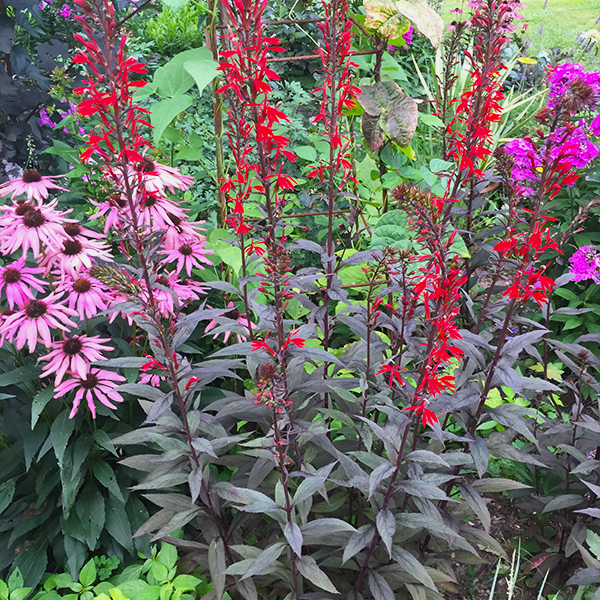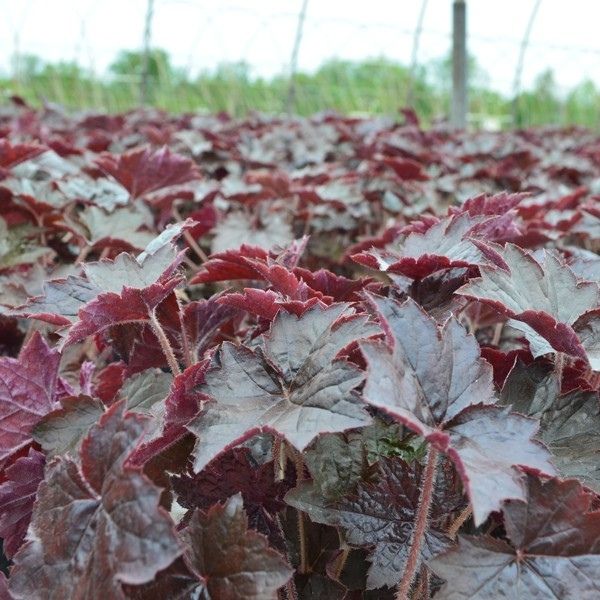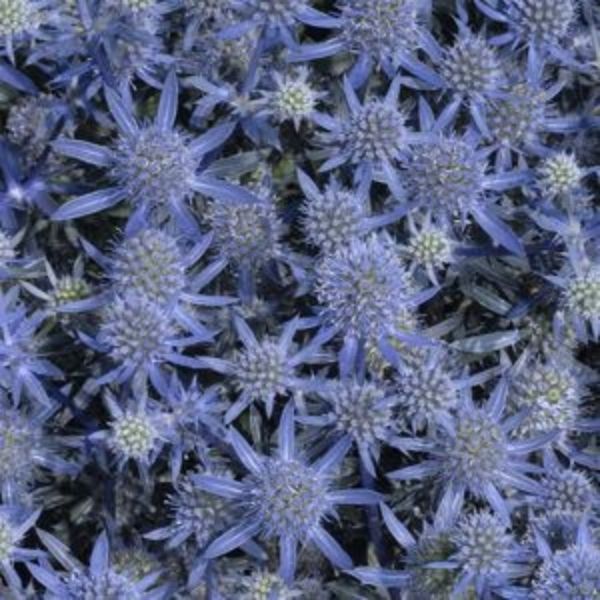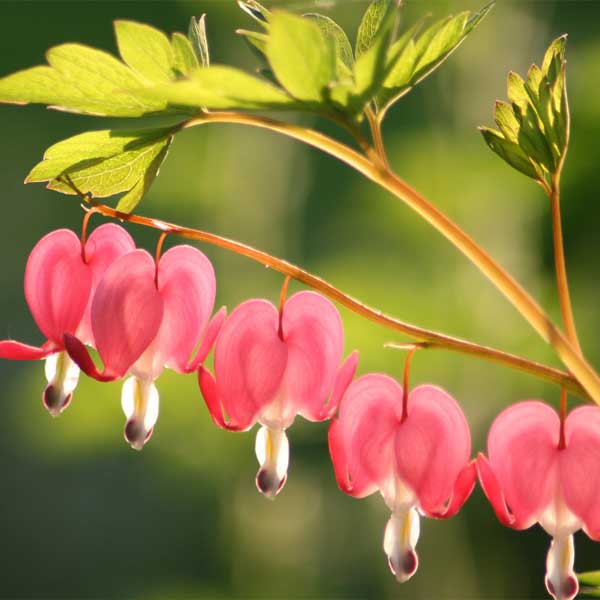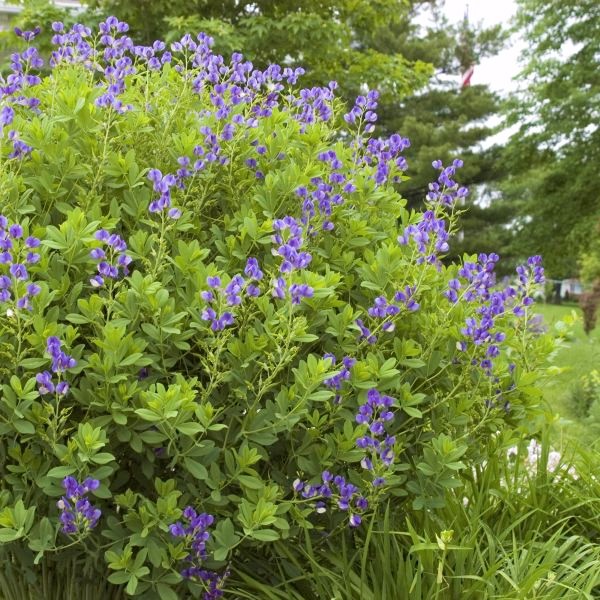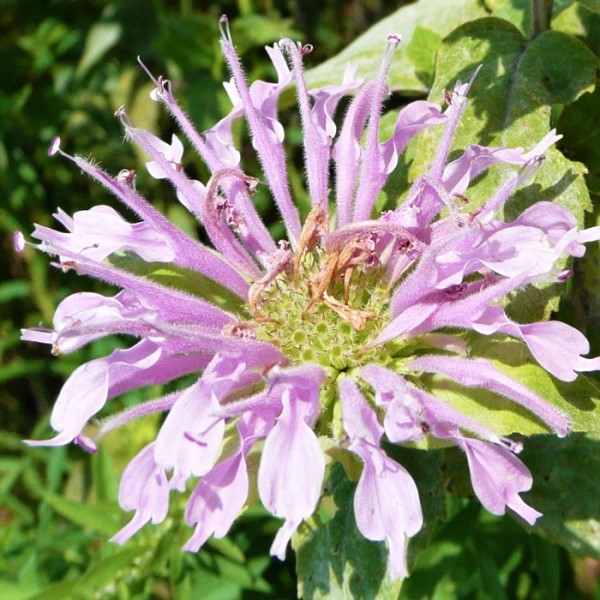
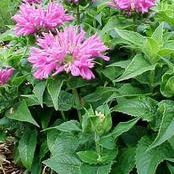
Bee Balm
Monarda fistulosa
14 reviews
Bee Balm
Monarda fistulosa
14 reviews
1.5 Gallon
We are sorry, product is currently out of stock due to seasonal availability. Please check the "Related plants available in your area" section below
Not just beautiful - intentionally selected by ShrubHub's 3D landscape design team to fit real-world spaces and maximize yard potential.
Why Bee Balm?
Bee Balm (Monarda fistulosa) is a herbaceous perennial plant with beautiful pink, purple, and lavender flowers that attract butterflies and bees. It is also known as wild bergamot and is commonly found in prairies, meadows, and fields throughout North America. In addition to its ornamental value, Bee Balm is also used in traditional medicine for its antiseptic, anti-inflammatory, and digestive properties.
Related plants available in your area
Sunlight
Bee Balm plants require full sun to partial shade.
Watering
Bee Balm plants have a moderate watering requirement, needing about 1 inch of water per week. It is important to keep the soil consistently moist but not soggy, ensuring adequate hydration for optimal growth and health.
Fertilizing
Bee Balm typically benefits from a balanced fertilizer with equal parts nitrogen, phosphorus, and potassium. It is important to avoid over-fertilizing as excessive nutrients can lead to leggy growth and decreased flower production.
Invite Nature's Buzzing Beauties to Your Garden with Bee Balm Plants
Are you longing for a garden that bursts with color, fragrance, and the delightful buzz of pollinators? Look no further than Bee Balm, a mesmerizing perennial from the mint family that will transform your outdoor space into a vibrant oasis of beauty and vitality.
With its clusters of tubular, nectar-rich purple flowers, Bee Balm entices bees, butterflies, and hummingbirds, bringing your garden to life with their fascinating presence. Imagine the joy of witnessing these exquisite creatures dance from bloom to bloom, while the air is filled with their gentle hum and the sweet aroma of the Bee Balm's captivating fragrance.
But the Bee Balm plant is not just a magnet for pollinators - it also offers a myriad of benefits that make it an indispensable addition to your garden. One of its standout features is its ability to attract a diverse range of pollinators, ensuring the health and vitality of your garden as they go about their important work of fertilizing flowers and promoting plant growth.
In addition to its benefits as a pollinator magnet, Bee Balm is an incredibly versatile and low-maintenance plant. It thrives in a variety of growing conditions, from full sun to partial shade, making it suitable for almost any garden. Its strong stems and resistance to pests and diseases also make it a resilient choice for gardeners seeking a plant that will thrive without constant attention. This plant also promotes good air circulation.
Moreover, Bee Balm is an invaluable addition to herb and flower gardens alike, as it has a multitude of uses beyond its aesthetic appeal. Its aromatic leaves and flowers can be harvested to make herbal teas, potpourises, and culinary garnishes, adding a touch of flavor and fragrance to your daily life.
Visualize yourself immersed in your garden, surrounded by the vibrant beauty of Bee Balm, as the delicate dance of pollinators unfolds before your eyes. It creates a sense of connection and harmony with nature, as you witness the vital role these creatures play in the abundance and diversity of the natural world.
Embrace the vital beauty of Bee Balm. Order now and create a garden that buzzes with vibrant life and enchanting allure!
Plant Information:
| Botanical Name: | Monarda fistulosa |
| USDA Zones: | 3 - 9 |
| Water: | Moderate to Low |
| Exposure: | Full Sun |
| Soil Needs: | Well Drained |
| Mature Height: | 2 - 4 feet |
| Mature Spread: | 18 - 24 inches |

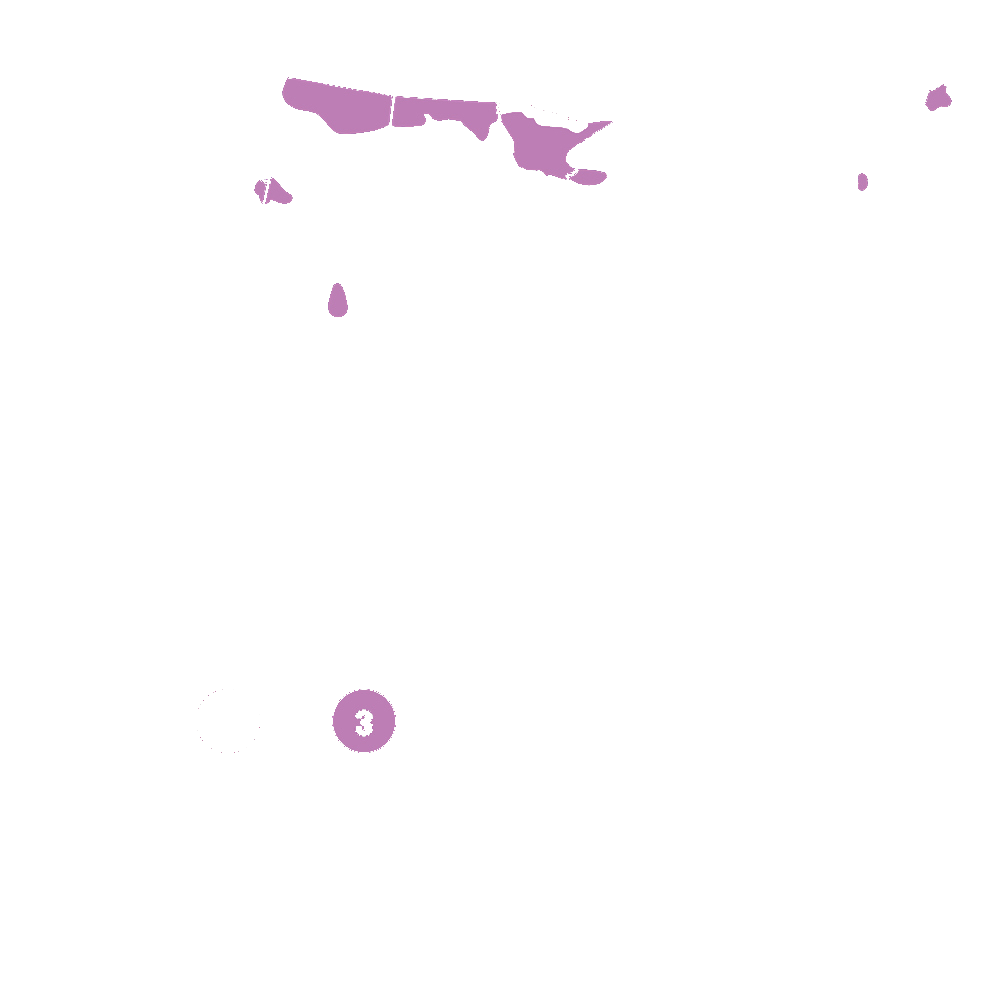






Pollination Info
Pollination Info for Bee Balm (Monarda fistulosa)
Bee balm (Monarda fistulosa), also known as Oswego tea, is a member of the mint family and is native to North America. The showy flowers of bee balm are highly attractive to bees, butterflies, hummingbirds, and other pollinators.
The flowers of bee balm are tubular and are arranged in dense, spherical clusters at the ends of stems. The flowers vary in color from pink and purple to white and are rich in nectar and pollen, making them attractive to a variety of insect and bird pollinators.
Unlike many plant species, bee balm has both male and female sex organs in the same flower, making it a perfect self-pollinator. However, cross-pollination is still important for genetic diversity and the production of healthy seeds.
In order to attract pollinators, bee balm produces a complex mixture of volatile compounds that create a distinctive scent. This scent is especially attractive to bees and butterflies, which have a highly developed sense of smell.
Bee balm blooms from midsummer to early fall and can continue blooming with deadheading. It is important to maintain a healthy bee balm population to support the ecosystem and provide habitat for pollinators.
In conclusion, bee balm is an excellent choice for gardeners who want to attract pollinators to their yard. Its vibrant flowers, sweet scent, and nutrient-rich nectar make it a favorite among bees, butterflies, and other pollinators.
FAQ
Bee Balm (Monarda fistulosa) FAQ
1. What is Bee Balm?
Bee Balm (Monarda fistulosa) is a wildflower native to North America. It is also known as Wild Bergamot, Horse Mint, or Oswego Tea.
2. What are the benefits of Bee Balm?
Bee Balm has been used for medicinal purposes for centuries by Native Americans. It is believed to have anti-inflammatory and antiseptic properties, and is often used to help promote digestion and ease respiratory issues. Bee Balm is also an attractive plant in gardens and is an important source of nectar for bees and butterflies.
3. How do I grow Bee Balm?
Bee Balm is a hardy and drought-tolerant plant that can grow in a variety of soils. It prefers full sun to partial shade and grows best in well-drained soil. It can be grown from seeds or propagated by dividing the roots of an established plant. Bee Balm should be planted in the spring or fall.
4. How do I care for Bee Balm?
Bee Balm requires minimal care once established. It should be watered regularly during dry periods and deadheaded to promote further blooming. It should be fertilized once a year in the spring with a balanced fertilizer. Bee Balm can be susceptible to powdery mildew, so it is important to ensure good air circulation around the plant.
5. When does Bee Balm bloom?
Bee Balm blooms in mid to late summer, typically from June to August. The flowers attract bees and butterflies to the garden.
6. Can Bee Balm be used in cooking?
Yes, Bee Balm leaves can be used as a tea or as a substitute for oregano in cooking. The leaves have a spicy, minty flavor.
7. Is Bee Balm toxic to pets?
Bee Balm is not toxic to pets, but it is important to monitor pets to ensure they do not eat the plant in excess, as it may cause digestive upset.
8. Are there any companion plants that pair well with Bee Balm?
Bee Balm pairs well with other native wildflowers, such as Black-eyed Susans and Coneflowers. It also pairs well with ornamental grasses like Little Bluestem.
Planting & Care
Planting & Care for Bee Balm (Monarda fistulosa)
Bee balm, also known as wild bergamot or Monarda fistulosa, is an herbaceous perennial that produces showy flowers that are very attractive to bees, butterflies, and hummingbirds. Here are some tips for planting and caring for bee balm:
Planting
- Choose a site with well-draining soil and full sun to partial shade.
- Plant in the spring after the last frost or in the fall.
- Space plants 18-24 inches apart.
- Water thoroughly after planting.
Care
- Water regularly, especially during dry spells.
- Fertilize once a year in the spring with a balanced fertilizer.
- Pinch back the tips of the stems in early summer to encourage bushier growth and more flowers.
- Deadhead spent flowers to encourage continuous blooming.
- Cut back the plant to the ground in the fall after the foliage has died back.
Check Out These Verified Customer Reviews:
Customer Reviews
4.8 out of 5 based on 14 reviews
Thank you! Your review has been submitted.
I absolutely love the vibrant color and fresh fragrance of the Bee Balm I received. The quality is exceptional and the item arrived timely and in perfect condition.
The Bee Balm arrived in perfect condition. Very healthy plants!
I can't get enough of the gorgeous flowers on my Bee Balm plants. So happy with my purchase!
Item has been added to your cart.



